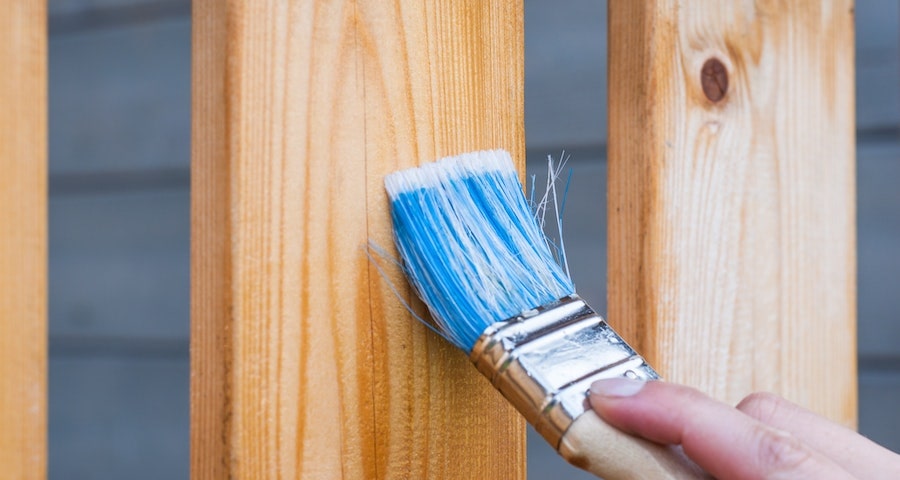
Are you experiencing problems with your car battery frequently running low or completely dead? Before jumping into replacing the battery, it is crucial to assess whether the issue is with the alternator. An alternator is a critical component of your car’s charging system, providing power to the battery and ensuring that all electrical components work smoothly. Fortunately, you do not always need a professional mechanic to fix an alternator. In this blog post, we will guide you through some basic steps to DIY fix your alternator.
Contents
Step 1: Disconnect the Battery
The first step in DIY alternator repair is to disconnect the battery. You will want to remove the negative cable from the battery terminal to avoid any electrical shock or damage. Your car battery and electrical system should no longer be connected while working on the alternator.
Step 2: Locate and Remove the Alternator
Once the battery is disconnected, locate and remove the alternator. The location of the alternator may vary depending on the make and model of your car. However, it is most often found near the front of the engine. Once you have located the alternator, disconnect any electrical wiring or connections, and remove any bolts that may hold the alternator in place.
Step 3: Diagnose the Problem
With the alternator removed, it is time to diagnose the problem. If the alternator is not charging correctly, you may test the alternator to determine the specific issue. You can verify if the alternator is not working correctly with a multimeter, by assessing the resistance of the electrical wiring, or by looking for any physical damage on the alternator.
Step 4: Replace the Faulty Part
Once you have diagnosed the problem, it’s time to replace the faulty part. You can often purchase individual components like the voltage regulator, pulley, or brushes, which may be causing the issue, and replace them. If the alternator is beyond repair, replacing the entire unit can also be an option.
Step 5: Reinstall the Alternator and Battery
With the faulty alternator replaced or repaired, it is time to reinstall the alternator and battery. Follow the steps above in reverse order and be sure to check that all electrical wiring and connections are correctly in place before reconnecting the battery terminals.
Conclusion
An alternator is a vital component of your car’s charging system, and with a basic understanding, you can fix it at home. Remember to take safety measures and follow these steps to diagnose, repair and install the alternator; disconnect the battery, locate and remove the alternator, diagnose the problem, replace the faulty part, and reinstall the alternator and battery. If you are hesitant in tackling this DIY project, it’s always best to consult a professional mechanic. A well-maintained charging system and alternator will prolong the life of the battery and ensure that your car runs smoothly.
